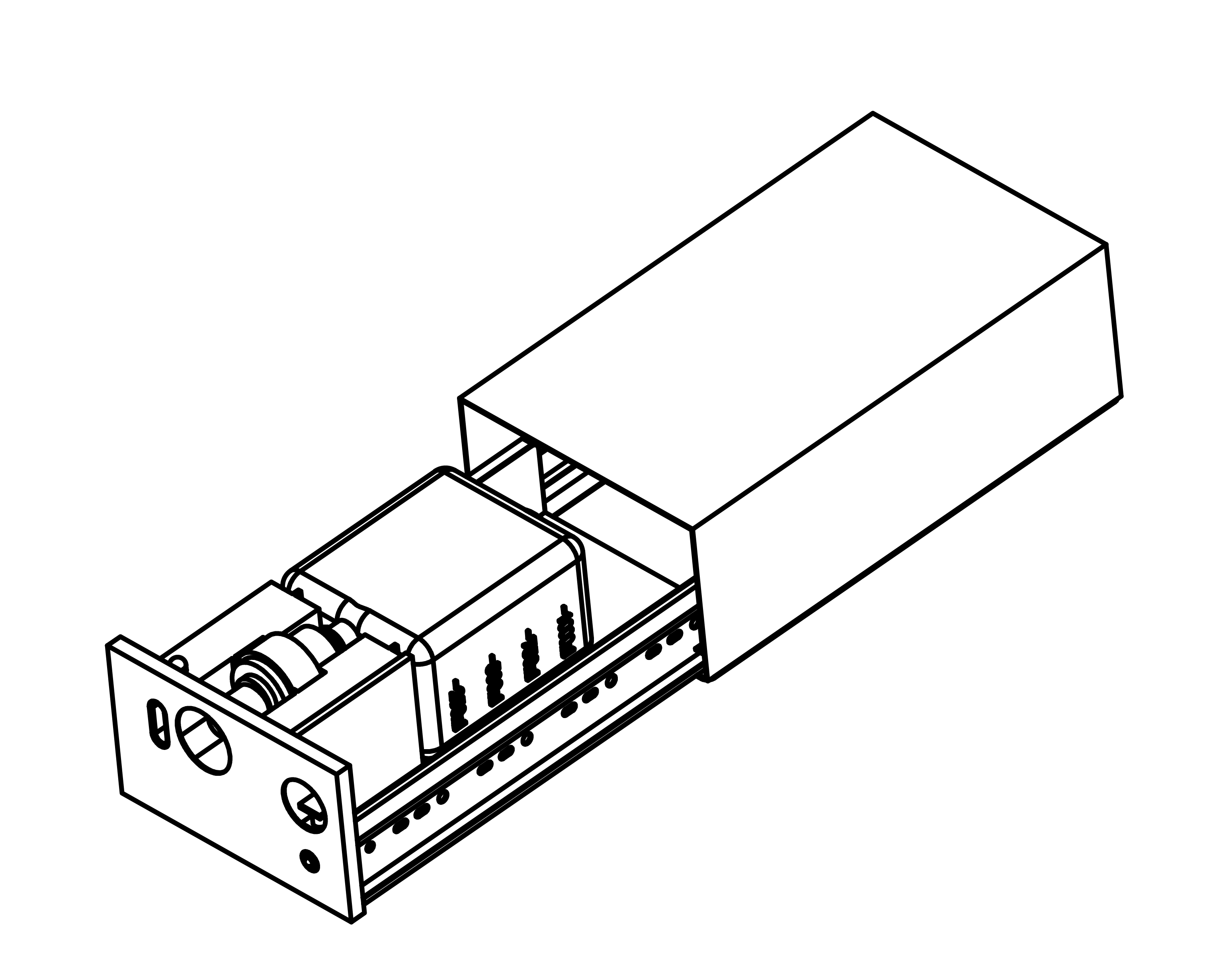Whether you work in an office, exercise at a leisure centre or eat in a restaurant, washing your hands and using a hand dryer are everyday occurrences.
Although it’s easy to overlook how hand dryers work, the facts may surprise you – and they’ll certainly make you think twice the next time you use one.
The hand dryer: how it works
It starts with sense
Much like the technology used in an automatic door, motion-sensors are an essential part of how hand dryers work. And – although they’re automatic – sensors work in quite a sophisticated way.
Emitting an invisible ray of infrared light, the sensor on a hand dryer is triggered when an object (in this case, your hands) moves into its path, bouncing the light back into the sensor.
The hand dryer circuit comes to life
When the sensor detects the light bouncing back, it immediately sends an electrical signal via the hand dryer circuit to the hand dryer’s motor, telling it to initiate and draw power from the mains supply.
Then it’s over to the hand dryer motor
How hand dryers work to remove excess moisture will depend on the model of dryer you use, but all dryers have two things in common: the hand dryer motor and the fan.
Older, more traditional models use the hand dryer motor to power the fan, which then blows air over a heating element and through a wide nozzle – this evaporates the water from the hands. However, due to its higher power consumption, this technology is becoming a thing of the past.
How do hand dryers work today? Well, engineers have developed new types of dryer such as blade and high speed models which force air through a very narrow nozzle, relying on the resulting air pressure to scrape water from the skin’s surface.
These models still use a hand dryer motor and a fan, but because no energy is needed to provide heat, the modern method is vastly quicker and makes the hand dryer less expensive to run.
How hand dryers beat the bugs
To blow air out, a hand dryer first has to draw air in from the surrounding atmosphere. Because washroom air contains bacteria and microscopic fecal particles, some people have jumped to conclusions about the safety of hand dryers – but the truth is, dryers are better at destroying germs than spreading them.
These days, it’s common for hand dryers to be built with a high efficiency particulate air (HEPA) filter inside them. This clever piece of kit enables the hand dryer to suck in and trap over 99% of airborne bacteria and other contaminants, meaning that the air flowing onto users’ hands stays incredibly clean.
Post time: Oct-15-2019









